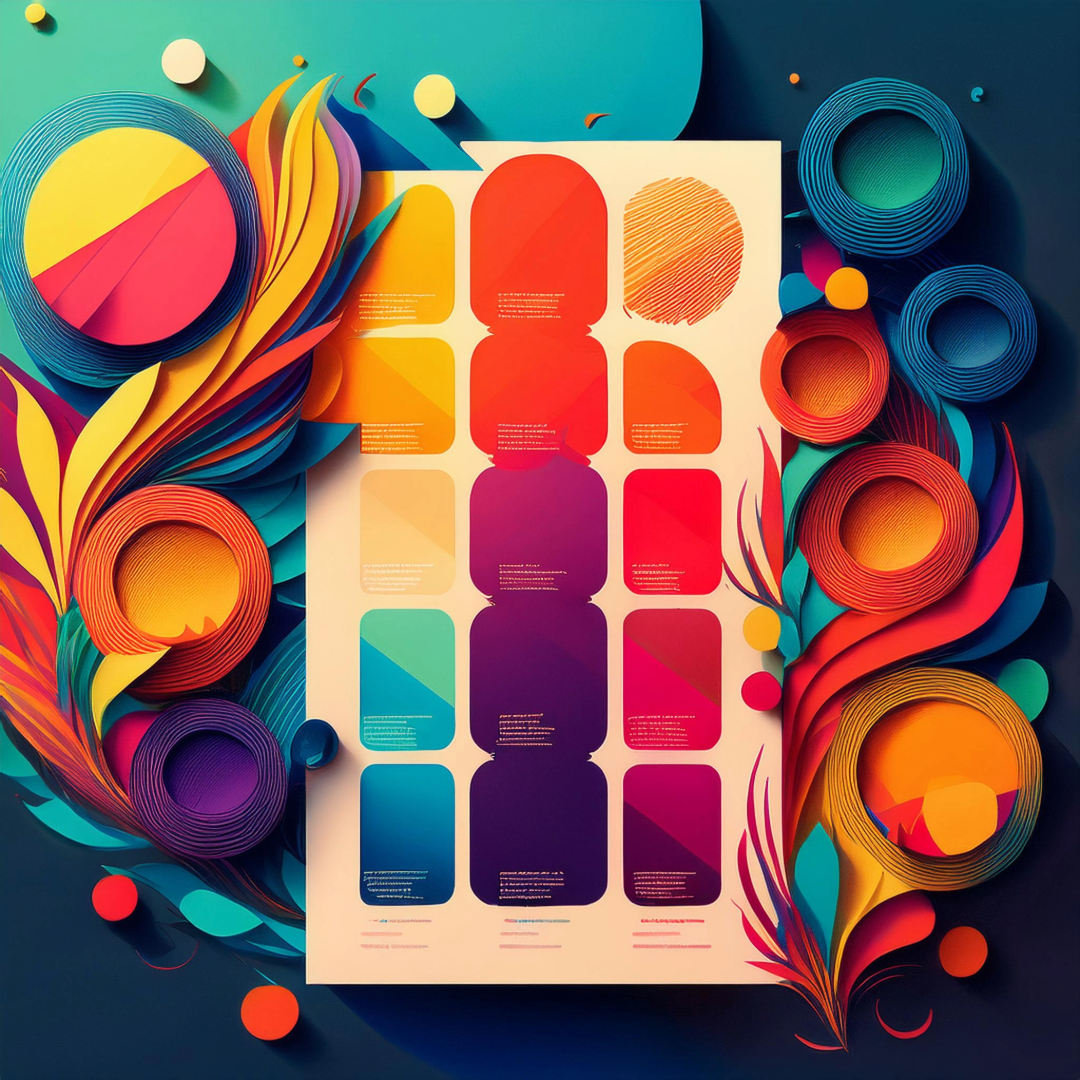Color Psychology: Picking the Perfect Palette for Your Brand
Color Psychology

Color is one of the most powerful tools in branding. The right color palette can shape how your audience perceives your business, influence emotions, and create a lasting impression. But how do you choose the perfect colors for your brand? Understanding color psychology can help you make strategic design choices that align with your brand identity and connect with your audience.
The Role of Color in Branding
Your brand colors do more than make your logo look good—they communicate your business’s personality and values. Whether you want to evoke trust, excitement, or creativity, the right colors can reinforce your message and attract the right customers.
Understanding Color Psychology
A responsive website provides a better experience for users by automatically adjusting to their screen size. This improves navigation, readability, and interaction, keeping visitors engaged longer.
Different colors trigger different emotions and associations. Here’s a breakdown of common brand colors and the feelings they inspire:
🔵 Blue – Trust, reliability, professionalism (great for financial, healthcare, and tech brands)
🟢 Green – Growth, nature, sustainability (ideal for eco-friendly, wellness, and organic brands)
🔴 Red – Energy, passion, urgency (popular with food, retail, and entertainment brands)
🟡 Yellow – Optimism, warmth, creativity (used by playful and youthful brands)
🟣 Purple – Luxury, wisdom, imagination (common in beauty and high-end service brands)
⚫ Black – Elegance, sophistication, authority (frequently used in fashion and luxury branding)
⚪ White – Simplicity, cleanliness, minimalism (often found in modern and healthcare brands)
🟠 Orange – Enthusiasm, friendliness, confidence (seen in sports and creative industries)
Choosing the Right Palette for Your Brand
When selecting your brand colors, consider:
Your Brand Identity – What emotions do you want to evoke?
Your Target Audience – Who are your customers, and what colors resonate with them?
Industry Standards – What colors are commonly used in your field? Do you want to stand out or fit in?
Versatility – Ensure your colors work across different platforms, from print to digital.
Design Tips for Creating a Cohesive Color Palette
- Choose a primary color that represents your brand’s core identity.
- Use secondary colors to add depth and variety.
- Select neutral tones to balance bold colors.
- Test your palette in different contexts to ensure readability and accessibility.
Conclusion
Your brand’s color palette is more than a visual choice—it’s a strategic decision that affects how people perceive and interact with your business. By understanding color psychology, you can create a brand identity that leaves a lasting impact. Need help picking the perfect palette? Contact Blue Hole Design today to bring your brand to life with thoughtful, strategic design!


